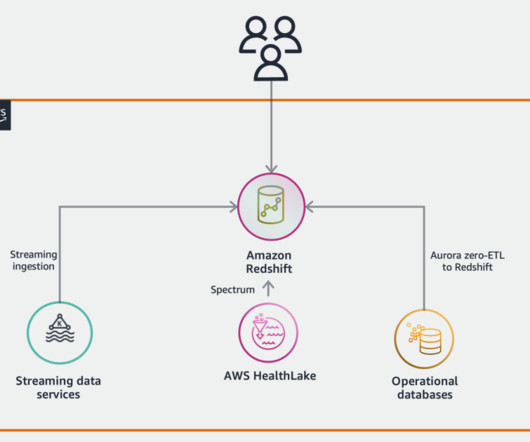Innovative data integration in 2024: Pioneering the future of data integration
CIO Business Intelligence
MAY 8, 2024
Of late, innovative data integration tools are revolutionising how organisations approach data management, unlocking new opportunities for growth, efficiency, and strategic decision-making by leveraging technical advancements in Artificial Intelligence, Machine Learning, and Natural Language Processing.


























Let's personalize your content